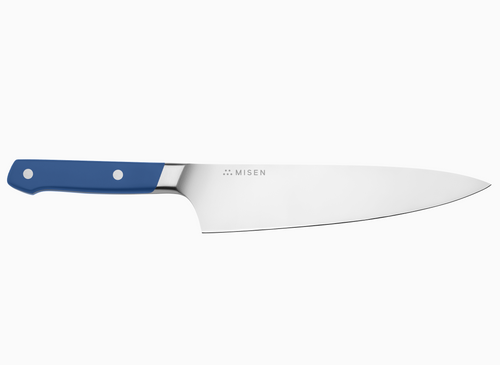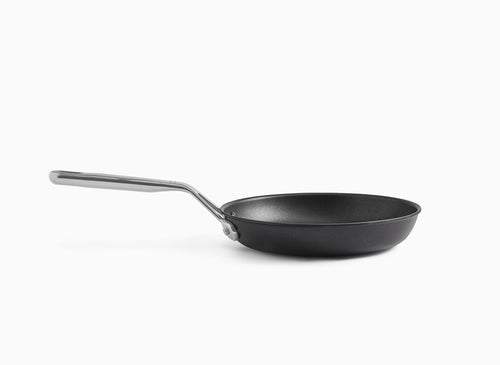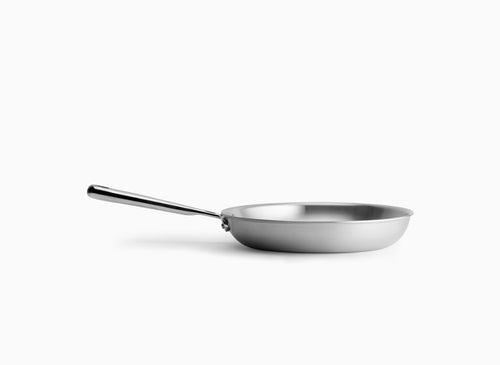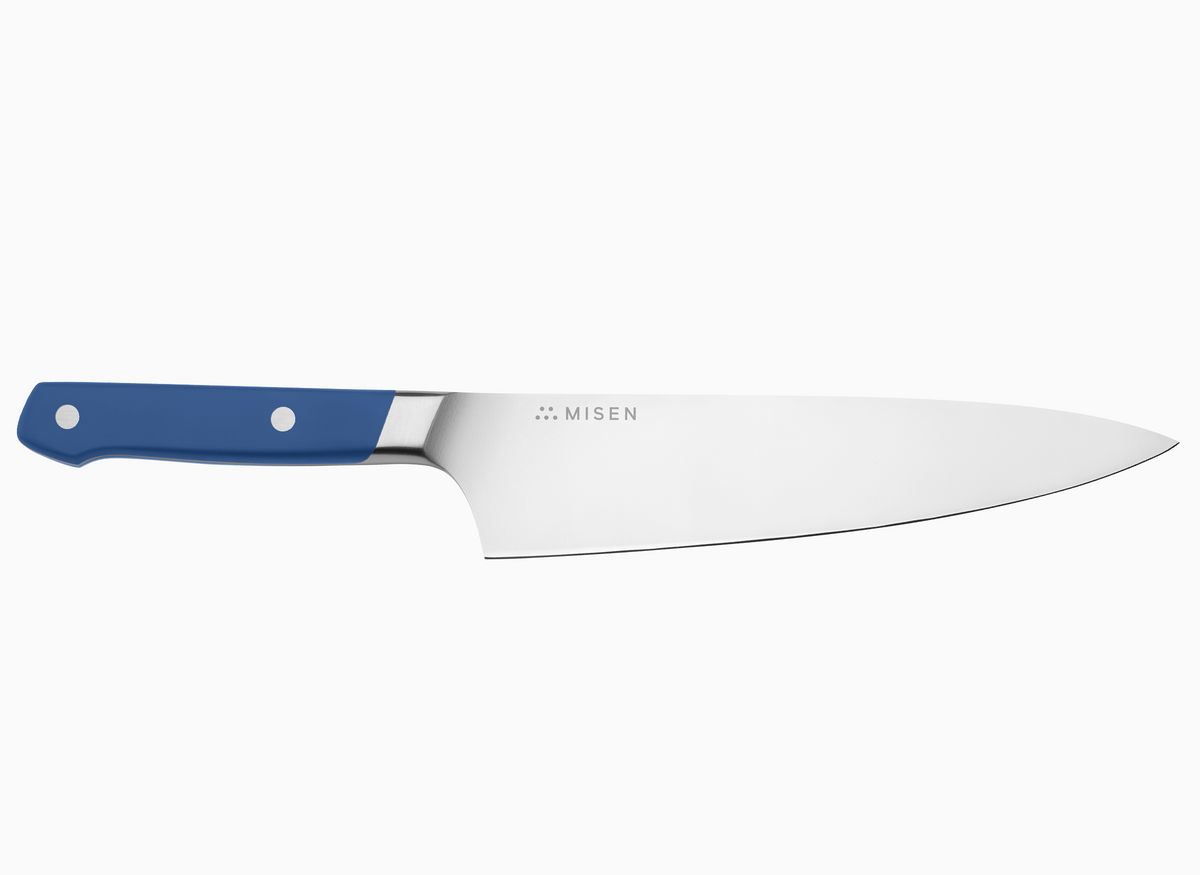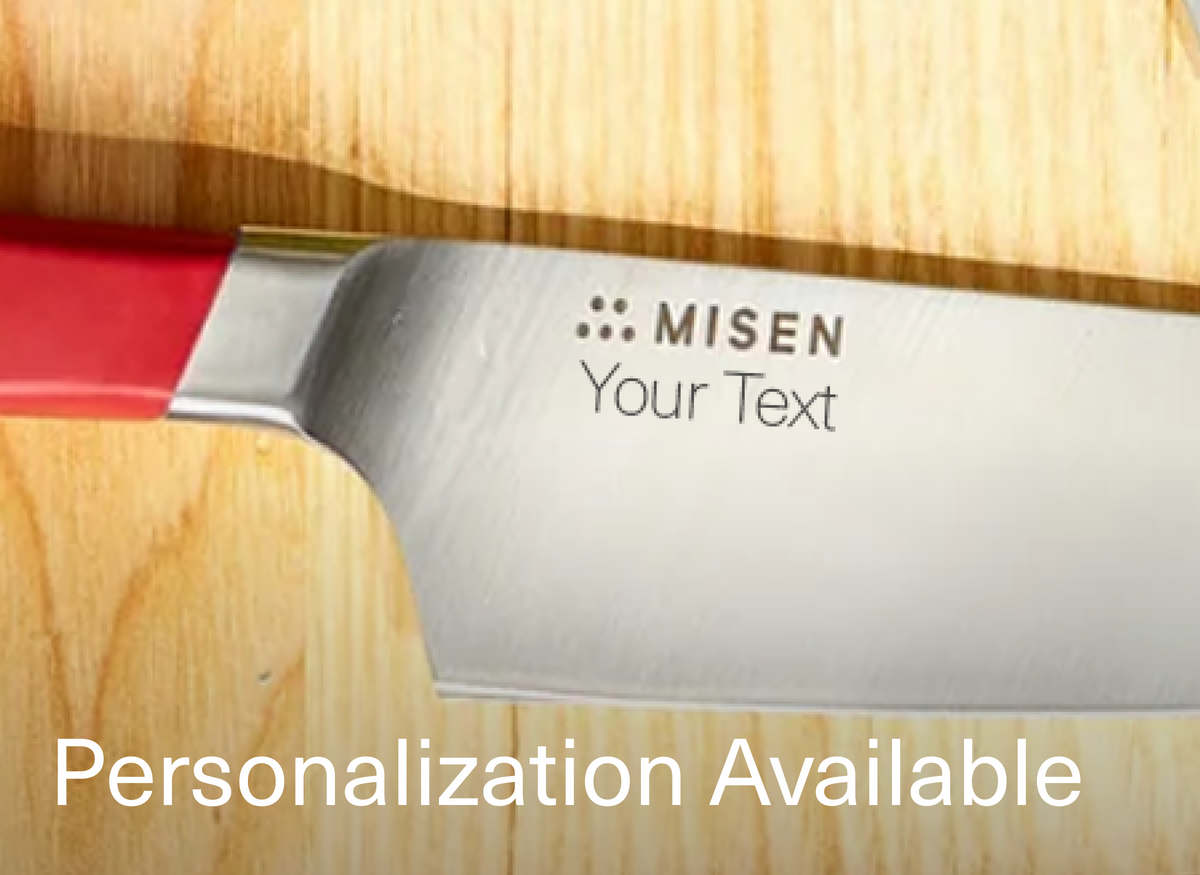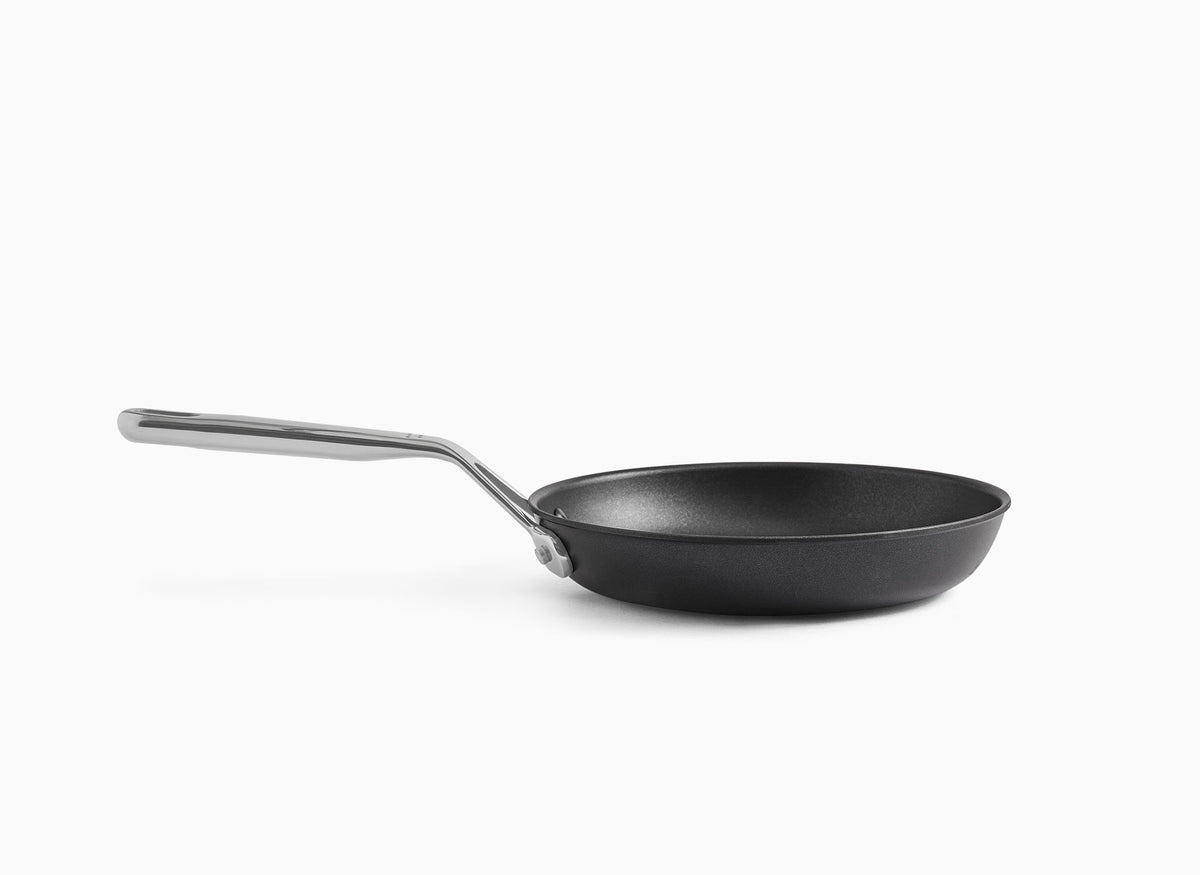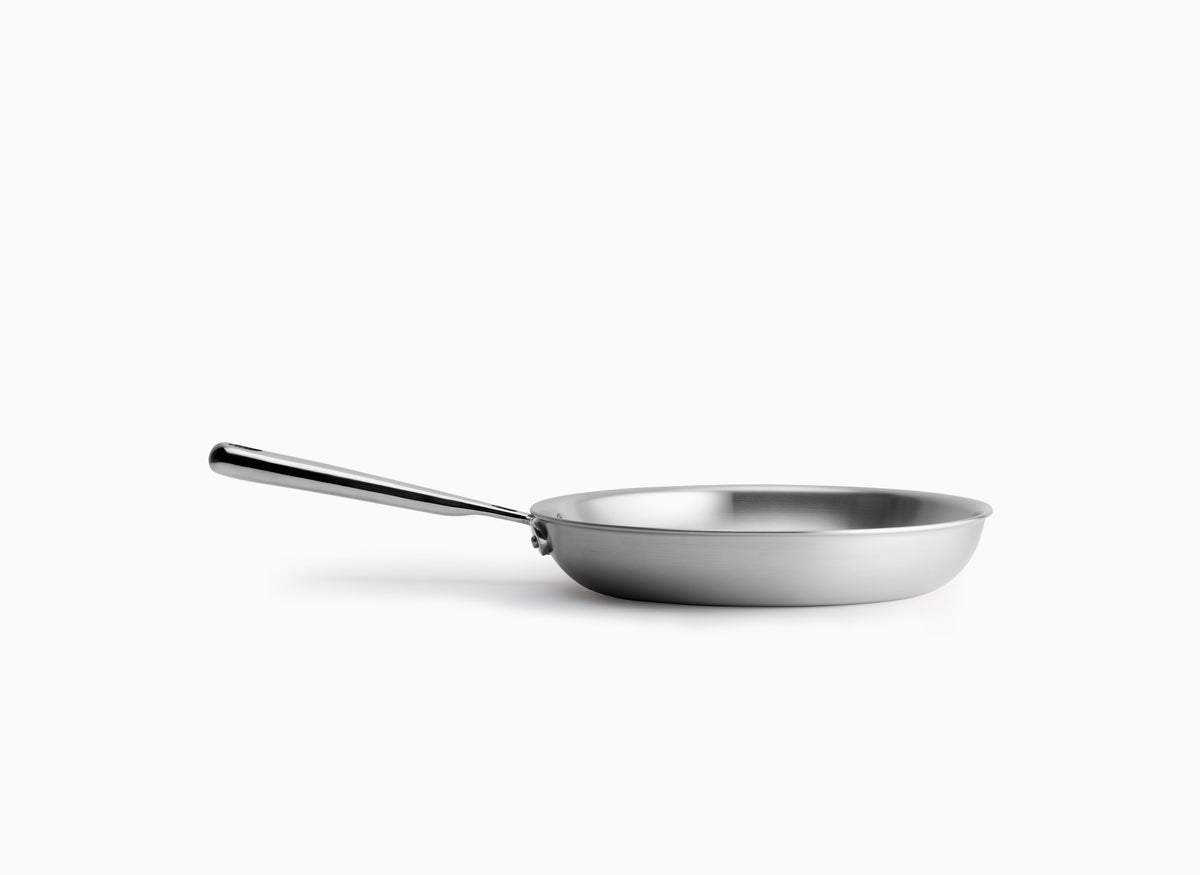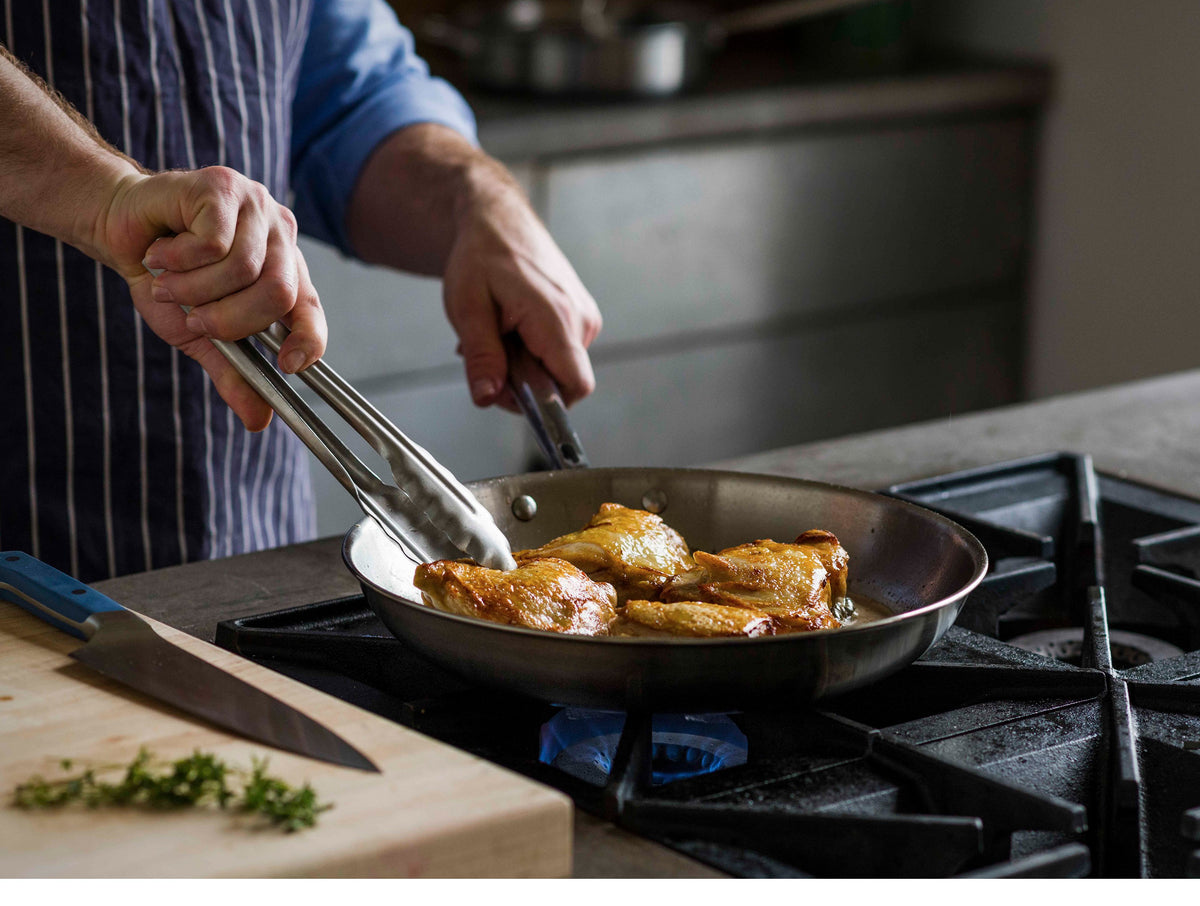How to Cut Cauliflower 3 Different Ways
 Cauliflower appears hardy but can crumble easily without the proper cutting techniques.
Cauliflower appears hardy but can crumble easily without the proper cutting techniques.
- Good cauliflower is firm, compact, and has tightly-closed florets.
- Cauliflower perishes quickly, so it’s best kept dry and consumed within a few days of purchase.
- Clean cauliflower after it’s been cut into florets, as you can ably rinse through all the tiny crevices.
On September 26, 2018, Ina Garten (also known as the Barefoot Contessa) posted an Instagram video with the caption “If you’ve been cutting cauliflower through the top and getting little bits all over your kitchen, I have a better way to do it!!”
In the video, she shares a fan’s question about how to cut cauliflower without getting it all over the kitchen and proceeds to flip a head of raw cauliflower upside down, using a chef’s knife to deftly slice through the entire piece, from bottom to top.
To date, this video has 532,391 views and 2,082 comments. One commenter writes, “What sorcery is this? Ina you amaze me!,” while another adds, “What would we do without you Ina??? You’re the best!!”
Apparently, cutting cauliflower is something that creates a lot of confusion. While similar in shape to broccoli, it's much more brittle and breaks apart easily with just a little pressure. You want to cut little bite-sized florets, but you end up with piles of cauliflower crumble.
If this sounds familiar, the following tips will come in very handy when preparing your next cauliflower dish. Whether a quick sauté or a creamy cauliflower casserole, learn the best practices for cutting this cruciferous vegetable down to size.
How to Pick a Cauliflower
Just like picking a flower, you want a cauliflower that’s firm, compact, and has tightly-closed florets. It should feel heavy in your hand. If there are any leaves, these should also be a fresh green and attached firmly around the base, not easily pulled off.
The common cauliflower variety should be an even white or light cream color with no brown “sunburned” spots. If you’re buying other cauliflower varieties — the orange-hued “cheddar” or the purple “graffiti” or “purple head” — check that the color is bright and even.
Stay away from heads that have any soft parts, which is a sure sign of spoilage. Lastly, give the cauliflower a good whiff. If there’s any odor, put the head back — it will probably taste even worse than it smells.
Cauliflowers are available year round, with fall and early winter being its peak seasons. And while a cauliflower’s size doesn’t affect its quality, the average medium head is usually 7 inches in diameter, weighs about 2 pounds, and yields 3-4 cups of individual florets.
How to Store Cauliflower
Don’t be fooled by the cauliflower’s hardy appearance — it’s very perishable and should be used within a few days of purchase.
As with most vegetables, cauliflower doesn’t fare well when wet. Most grocery store cauliflower comes wrapped in plastic, which traps moisture. Remove the plastic as soon as you get home. Pat the cauliflower completely dry and store it whole in a perforated bag, positioned right side-up so the moisture falls away from the florets. You can also place a paper towel in the bag to absorb any excess moisture. Keep the cauliflower in your crisper or another dry place in your refrigerator until ready to cook.
How to Prepare Your Cauliflower
 A medium cauliflower is about 7 inches in diameter and yields 3-4 cups of chopped florets.
A medium cauliflower is about 7 inches in diameter and yields 3-4 cups of chopped florets.
When preparing cauliflower, it’s best to do the cleaning after the cutting. This is because cauliflower is so densely packed that a lot of dirt or tiny bugs can stay tucked inside its crevices. It’s impossible to rinse it thoroughly enough without breaking it apart first.
It’s common to see cauliflower with small dark spots on the top. While this isn’t mold, it is a sign that the cauliflower has passed its prime — if you still plan to cook it, you should do so immediately.
Scrape off any dark spots using a microplane, paring knife, or the tip of a chef’s knife. The next part you want to remove is the cauliflower leaves, which can be pulled off with your hands.
Yes, cauliflower’s leaves and stalk are completely edible! Just remember to clean them thoroughly and maybe even peel the stalk, as it can be pretty fibrous. The parts can be steamed, roasted, or sautéed in the same way as the rest of the cauliflower — although will require a longer cooking time.
Next use a chef’s knife to level the bottom of the cauliflower, cutting off the excess stem while keeping the core intact — the core is what holds the individual florets together.
Now you’re left with a semi-round, irregularly-shaped cauliflower head. The next steps will depend on what you’re cooking with your cauliflower.
For Cauliflower Steaks
Cauliflowers are great for meaty entrees. Similar to other heartier vegetables — eggplants, beets, and sweet potatoes — they can withstand high heat, absorb flavors well, and make filling steak-like portions.
For a good roasted cauliflower steak, choose the largest head you can find. These make for a much more substantial steak.
Start by placing the cauliflower crown side-down on a cutting board and dividing the whole head in half straight down the middle. Then, cut each half into 1-inch to 1 1/2-inch thick slices.
Depending on the size of the cauliflower, you will end up with 2-4 large slices. The end slices, which tend to be smaller, can also be used as steaks or can be saved for another dish.
For Florets
If you’re making a cauliflower casserole or a batch of vegan buffalo wings, you will need to cut florets. Start by placing the cauliflower top-side down on a cutting board and dividing it in half, from core to crown. Cut each half in half again, so you’re left with four manageable quarters.
Now, instead of cutting the large florets from the center stalk branch by branch, you’re essentially going to chop off the entire stalk. Working with one quarter at a time, hold one section firmly with the stalk facing outward. Place the tip of your chef’s knife where the stalk meets the florets, and separate the stalk with one long slice. Repeat for the other three quarters.
The cauliflower should separate into smaller florets almost automatically. If there are any larger chunks, use your knife or hands to snap these apart into a similar size — this will ensure more even cooking and better presentation.
For Cauliflower Rice
This was one of the first dishes that opened the culinary gates for the humble cauliflower. Cauliflower may have been overlooked in the past for its bland taste and crumbly texture. But after cauliflower rice — a lighter, more nutritious version of fried rice — came cauliflower pizza crust, cauliflower crackers, mashed cauliflower, and more.
All these cauliflower recipes can also be part of your home menu once you see how easy it is to prepare your cauliflower for them. Depending on the dish, the cauliflower will need to be either chopped, grated, or blended.
Chopping is the most time-consuming but also the simplest method. All you need is a chef’s knife or santoku knife and a cutting board. After cutting the cauliflower into smaller florets, simply keep chopping and mincing the pieces until they are the size of rice grains.
If you're using a grater, it's a good idea to start with the cauliflower cut into quarters — the stalk serves as the perfect handle to hold onto as you grate. Use either the medium or large grate holes to get a good size grain.
Food processors work best in small chunks and small batches. Pieces that are too big will overcrowd the processor and often end up getting stuck. Start with cauliflower florets that are 1-2 inches, adding them to the food processor only until blade level (you may need to work in batches if you have a lot of cauliflower).
Begin pulsing the cauliflower, scraping the sides of the container as you go along. Make sure not to pulse too many times, or the cauliflower will turn to mush. If there are any larger florets that don't break down while the rest of the batch has reached the desired texture, simply remove and pulse them separately.
Cleaning Your Cauliflower
 Cauliflower is best cleaned after cutting, as the water can better rinse through the tightly-packed areas.
Cauliflower is best cleaned after cutting, as the water can better rinse through the tightly-packed areas.
The ideal time to clean cauliflower is when it's already been sliced or cut into florets. Simply fill a bowl with cold water and completely submerge the pieces.
You can also add a tablespoon or two of sea salt per quart of water to help to remove all pesticides and kill any bugs that may have found their way into the florets.
After 5-10 minutes, transfer the cauliflower to a colander and give it another rinse under cold water. Pat the pieces dry with a paper towel before cooking.
Any Way You Slice It
Cauliflower has so many delicious possibilities — it can be a thick soup, a light entrée, or a creative side dish.
It's a hearty vegetable that lends itself well to a variety of forms and flavors, and once you have the basic cutting techniques down, you can begin cooking and enjoying them all.


